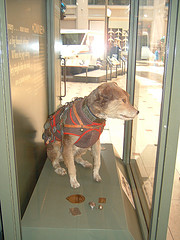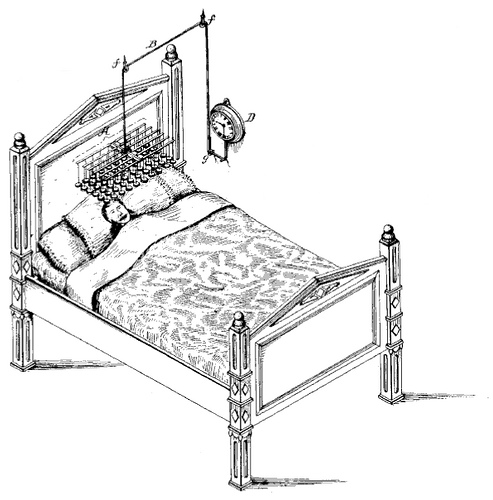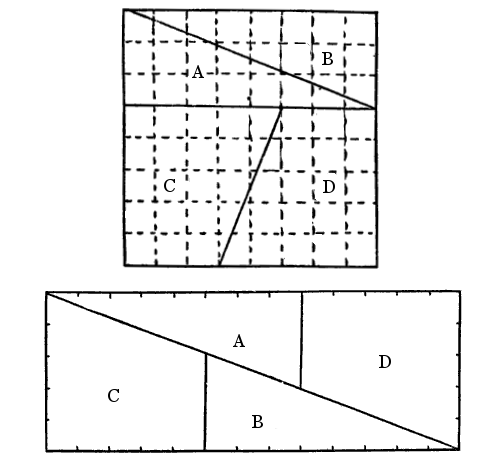Obituary of Angelo Faticoni (1859-1931), “The Human Cork,” New York Herald Tribune, Aug. 13, 1931:
Faticoni could sleep in water, roll up into a ball, lie on his side, or assume any position asked of him. Once he was sewn into a bag and then thrown headforemost into the water, with a twenty-pound cannonball lashed to his legs. His head reappeared on the surface soon afterward, and he remained motionless in that position for eight hours. Another time he swam across the Hudson tied to a chair weighted with lead. Some years ago he went to Harvard to perform for the students and faculty. He had been examined by medical authorities who failed to find support for their theory that he was able to float at such great lengths by the nature of his internal organs, which they believed were different from those of most men. Faticoni had often promised to reveal the secret of how he became ‘The Human Cork,’ but he never did.




